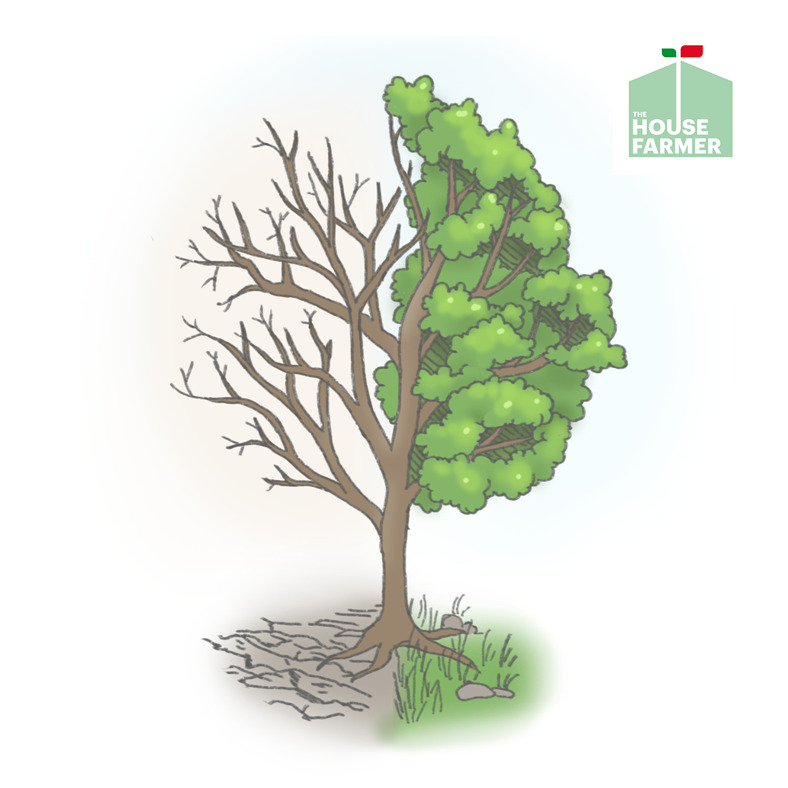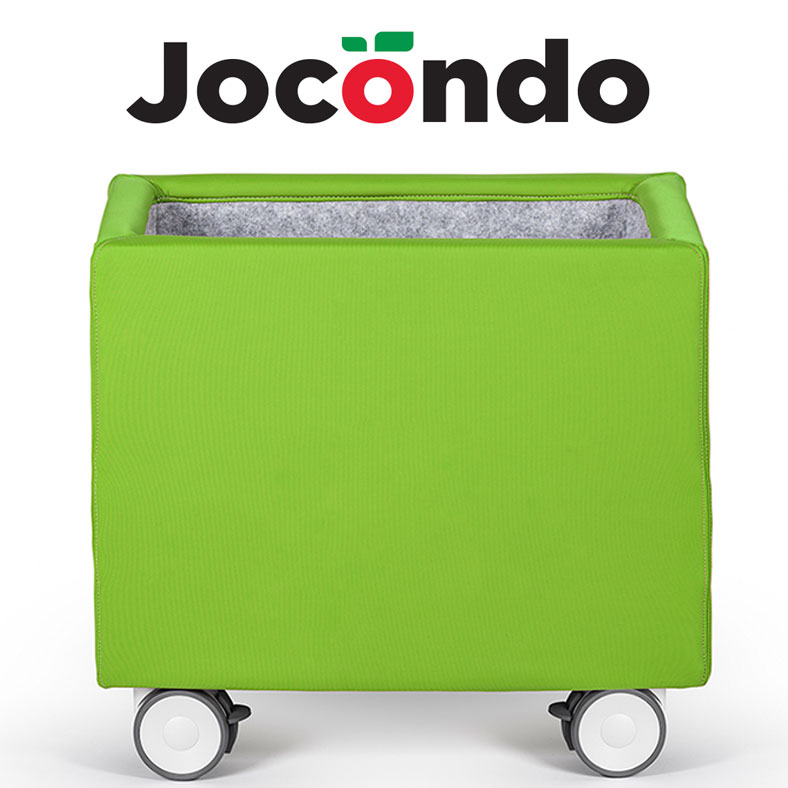
VEGETABLE GARDEN LAYOUT - How to protect against city pollution
When designing a vegetable garden layout, all that glitters is not gold, and consequently even the urban vegetable garden has its downsides. These include pollution, a serious problem in many metropolitan areas of our planet.
In cities, particulates are very harmful to people, but the higher they rise the less dangerous they become, because they disperse more easily. And dispersal becomes faster when they are approximately 50 meters away from the source.
This means that vegetable patches on the upper floors of buildings or at some distance from busy roads will be less polluted.
In actual fact, gardens in the countryside can also be badly polluted by radiation or if they are near a contaminated aquifer. This is the case in some notorious areas of the province of Naples (in southern Italy), or others where the soil has been seriously contaminated by civil or industrial waste.
In this case, the root systems of cultivated plants are irreparably damaged, with effects on the produce that cannot be eradicated, however much the peel or the skin is washed, a practice that in many other cases almost entirely eliminates the problem of contamination.
VEGETABLE GARDEN LAYOUT: A ROOFTOP VEGETABLE PLOT
When planning a vegetable garden layout, the creation of vegetable gardens on private or public rooftops is a valid solution when available. It can also be a way to filter the water that risks seeping into the building.
But in these cases it is advisable to grow the plants in pots, or large containers if the space allows it. This avoids contact with soil that might contain polluting agents (eg: asbestos roofs), and prevents transfering the moisture to the house.
Growing plants on a rooftop has the further advantage of reducing the summer heat, due to the freshness and moisture released by the crops.
BIOLOGICAL AND NATURAL FACTORS
Cultivating plants in pots or DIY gardening in the city cannot completely reduce the effects of airborne pollution. But if care is taken when designing your vegetable garden layout, it can eliminate another dangerous factor for health, the use of pesticides and insecticides. Although urban gardeners have opted for self-production, they do not all choose organic and natural methods of cultivation.
Sometimes, to replace purchased products, it is advisable to rely on natural methods such as vegetable associations. This means planting crops close together which do not hinder each others’ growth, or even help prevent diseases. This is commonly done when crops cover extensive areas, but it can also be encouraged by using large pots containing at least two different kinds of vegetables.
Alternatively, natural mashes containing garlic, onions or nettles can be used to prevent and treat plant diseases.
THE VALUE OF A GOOD VEGETABLE GARDEN LAYOUT
A balcony vegetable garden, a book and the arrival of summer in the air: this is true peace...!
It’s true that cities are far worse hit by pollution than the countryside, though even country areas are affected. But each city has different kinds of pollutants in varying degrees, as well as a range of temperatures and a number of hours of sunshine that depend on its geographical location.
In addition, we should remember that vegetables picked and eaten in the city are much fresher than those that have to travel miles to the supermarket.
Even compared to so-called zero miles produce, much in vogue and on the increase, the metropolitan vegetable garden is zero footsteps, unbeatable for the time it takes to travel from the plant to the table.
For all the above reasons, urban vegetable plots need to exist (and resist) with an optimal vegetable garden layout. They give us the opportunity for a renewed contact with nature and bring a little greenery to the metropolis, together with a much-needed ecological sensibility.
Discover Jocondo The Smart Garden and revolutionizes your vegetable garden layout forever.


